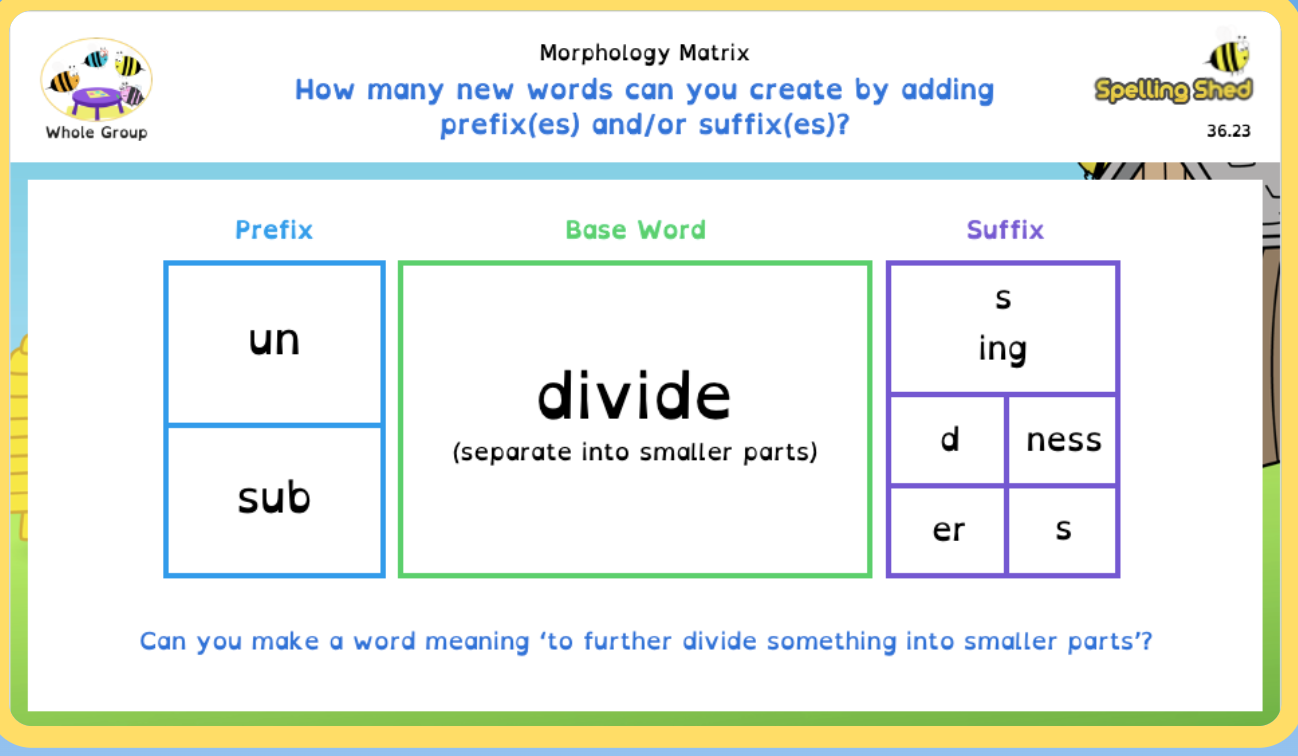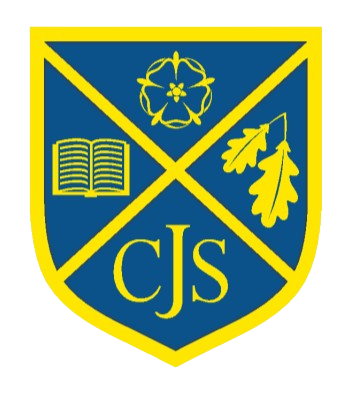Writing
Our School Vision for writing
We bring writing to life with a range of exciting, high-quality books that explore big i friendship, the environment, global warming, diversity, cultural heritage, justice, and the travelling community. These stories spark curiosity, encourage empathy and help children explore the world around them through their writing.
Writing is most powerful when it has a clear purpose and audience. Our pupils learn to think carefully about why they are writing and who they are writing for — whether it’s to entertain, recount, inform, or instruct. For example, our Year 4 pupils recently created an information board inspired by the book Wilderness War. They explored local examples from our area to make their writing meaningful and connected to their own community.
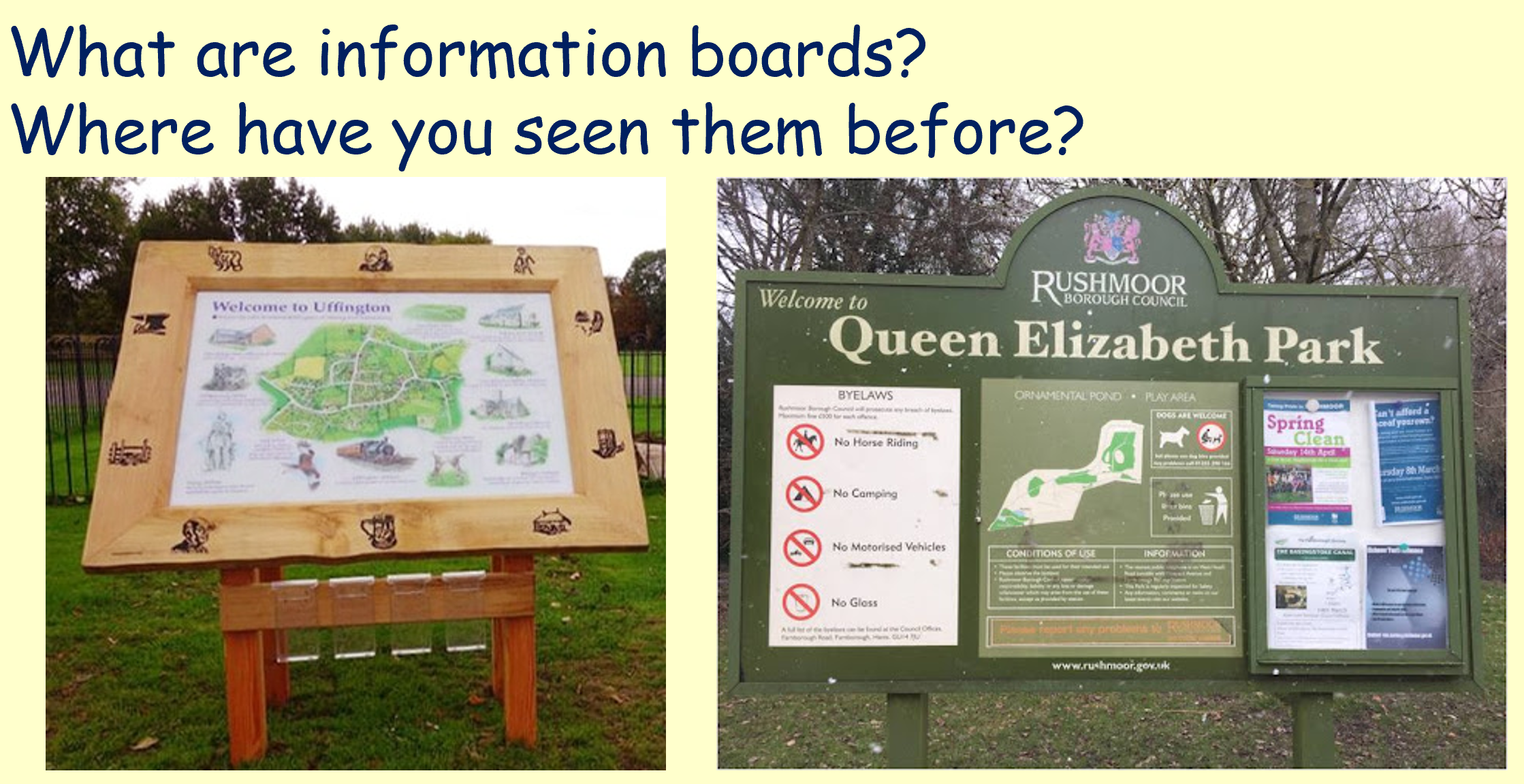

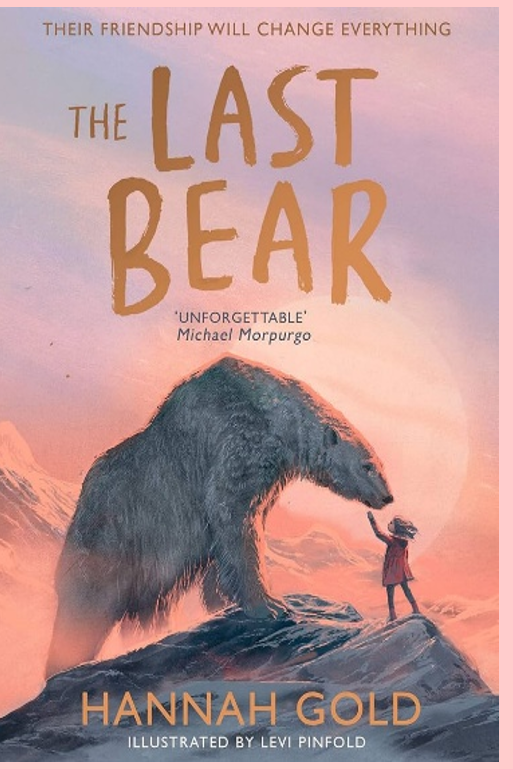
Year 5, pupils write persuasive letters inspired by The Last Bear, discovering how to use powerful language to move, inspire, and make their voices heard.
Our writing learning journeys
We use a carefully planned three-phase learning journey to guide pupils through the full writing process — helping them take their imaginative ideas and turn them into polished, purposeful pieces. Each learning journey is thoughtfully sequenced, so every year builds on the last, allowing children to grow in confidence, skill, and pride as writers. When planning, teachers think carefully about what children will write, what they need to learn next, and how to support them to reach their full potential.
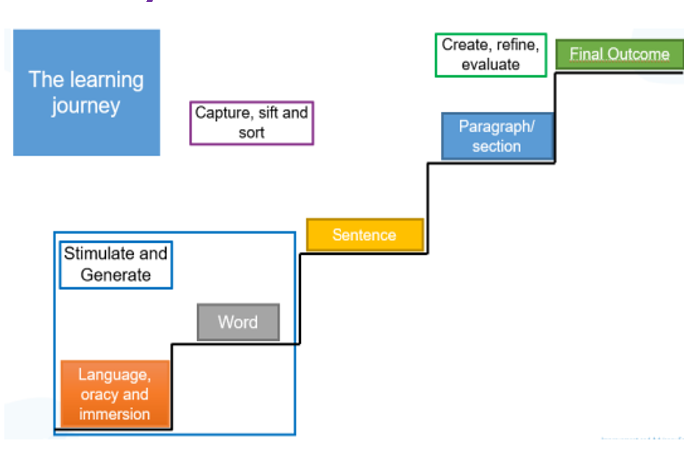
-
Stimulate and Generate – Children are hooked and immersed into their learning through exciting starting points such as drama, real-life experiences, film clips or high-quality texts. This stage builds imagination and enthusiasm for writing.
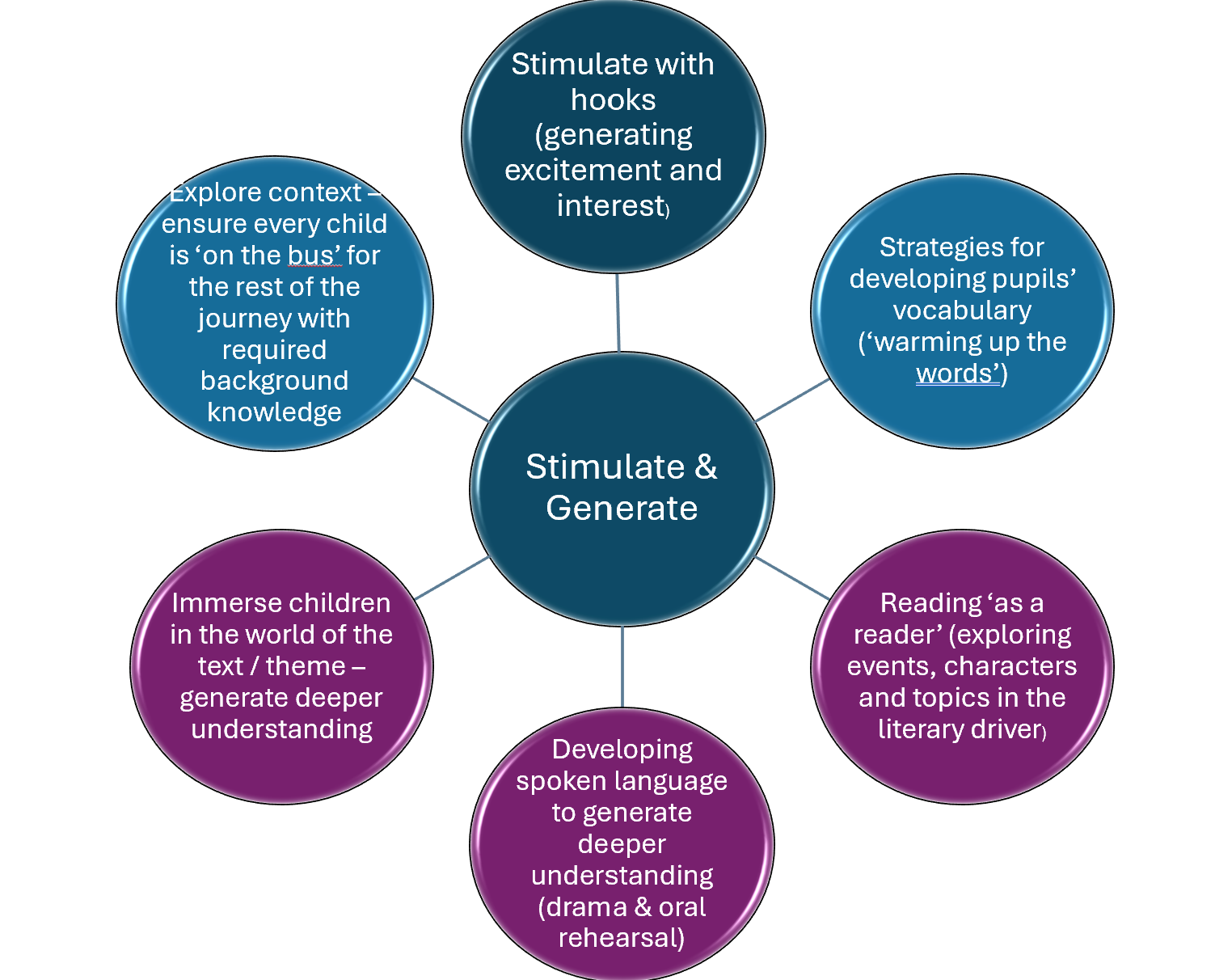
-
Capture, Sift and Sort – Pupils explore examples of great writing (“reading as a reader” and “reading as a writer”) and gather ideas. They develop their vocabulary, study structure and language choices, and plan how to express their own ideas effectively.
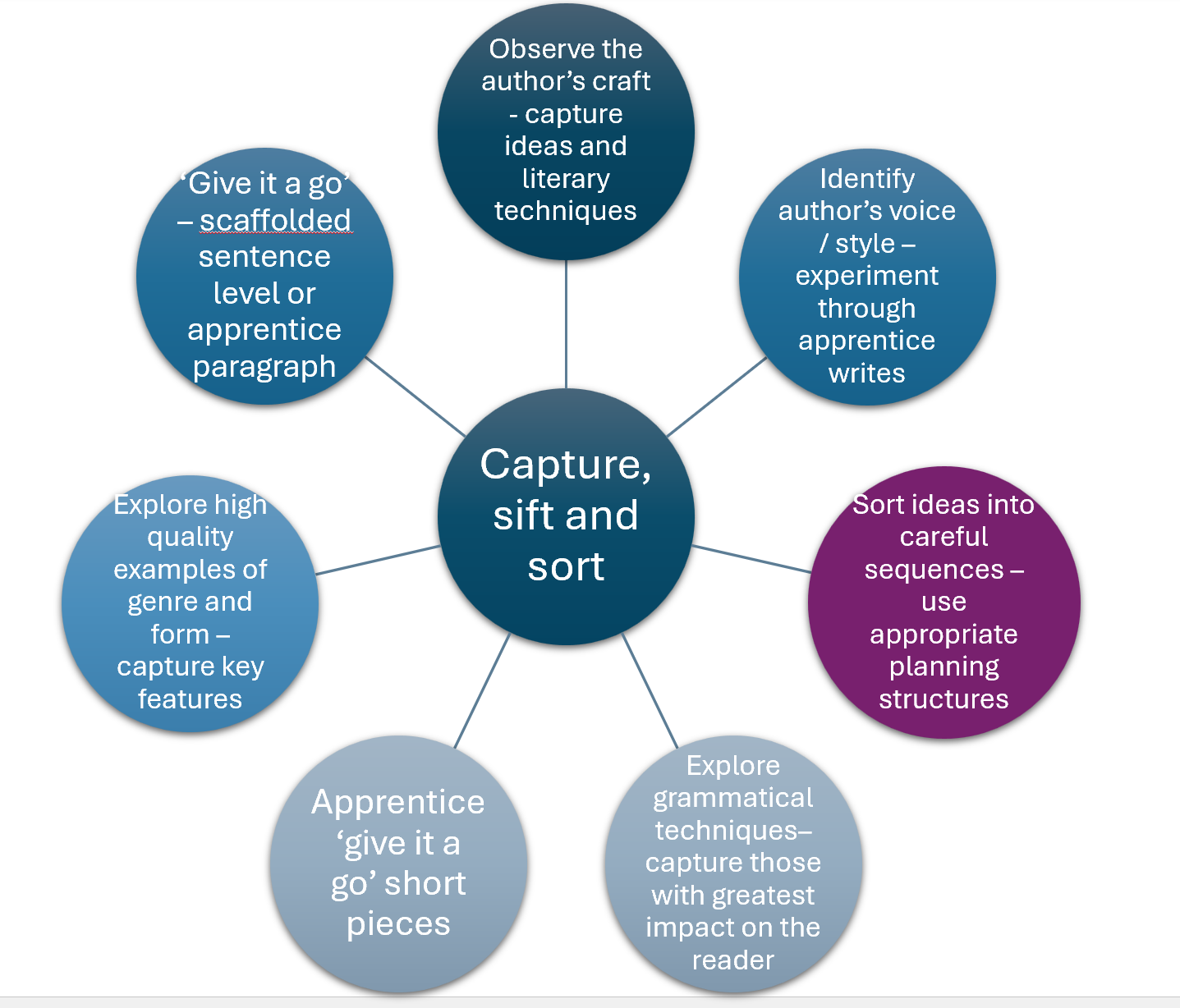
-
Create, Refine and Evaluate – Children draft, edit, and refine their work, using workshops and feedback to improve. They learn to take pride in their writing and reflect on how to make it even better.

The Power of a Great Example: How WAGOLLs Inspire Young Writers
We champion the use of WAGOLLs (What A Good One Looks Like) — high-quality examples of writing that show pupils what success looks like at each stage of their writing learning journey. These exemplars help children understand how to meet the purpose of their writing, whether it’s to entertain, inform, or persuade. By exploring and discussing WAGOLLs together, pupils are inspired to experiment with vocabulary, structure, and style — building the confidence to refine, improve, and take pride in their own writing.
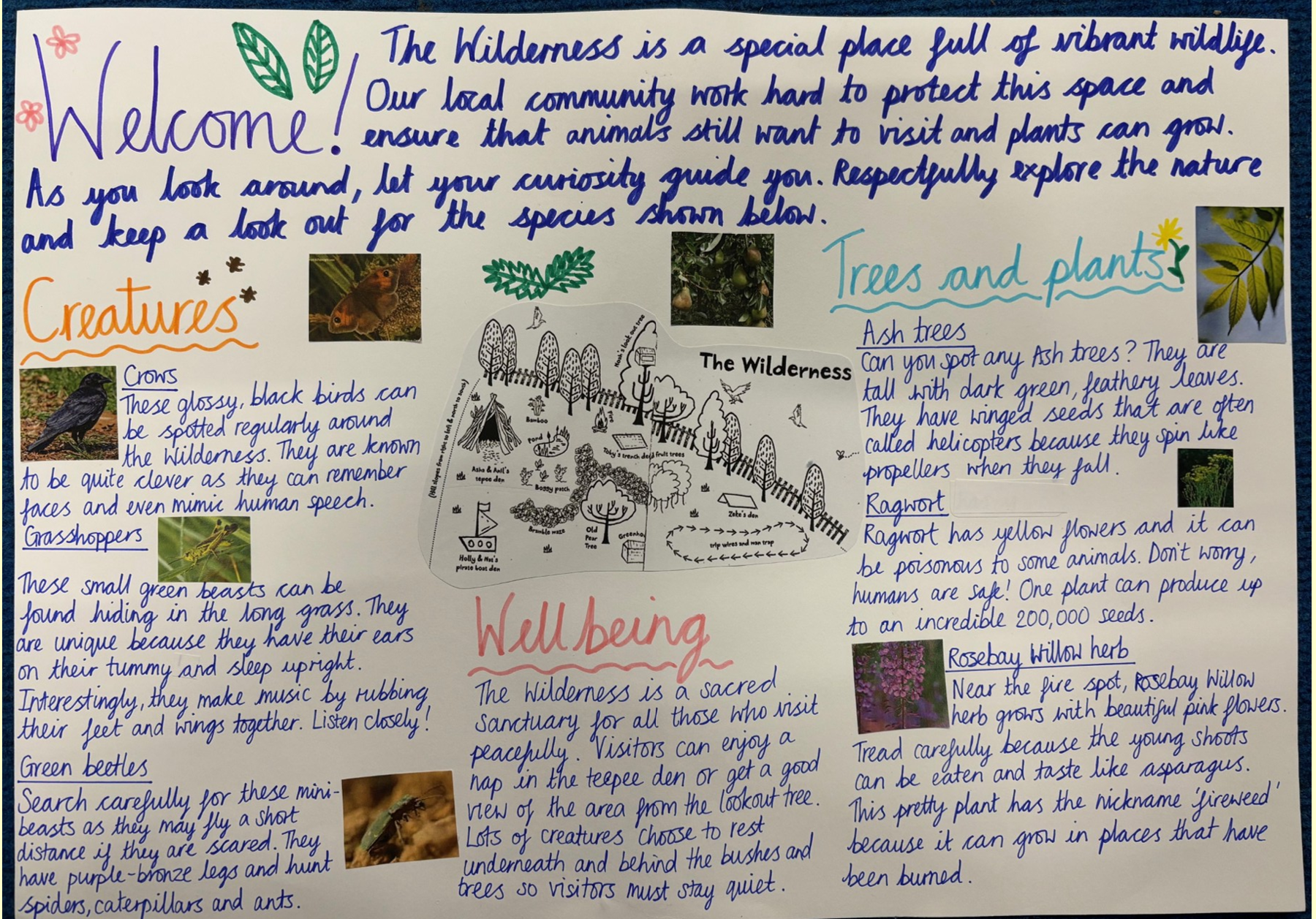
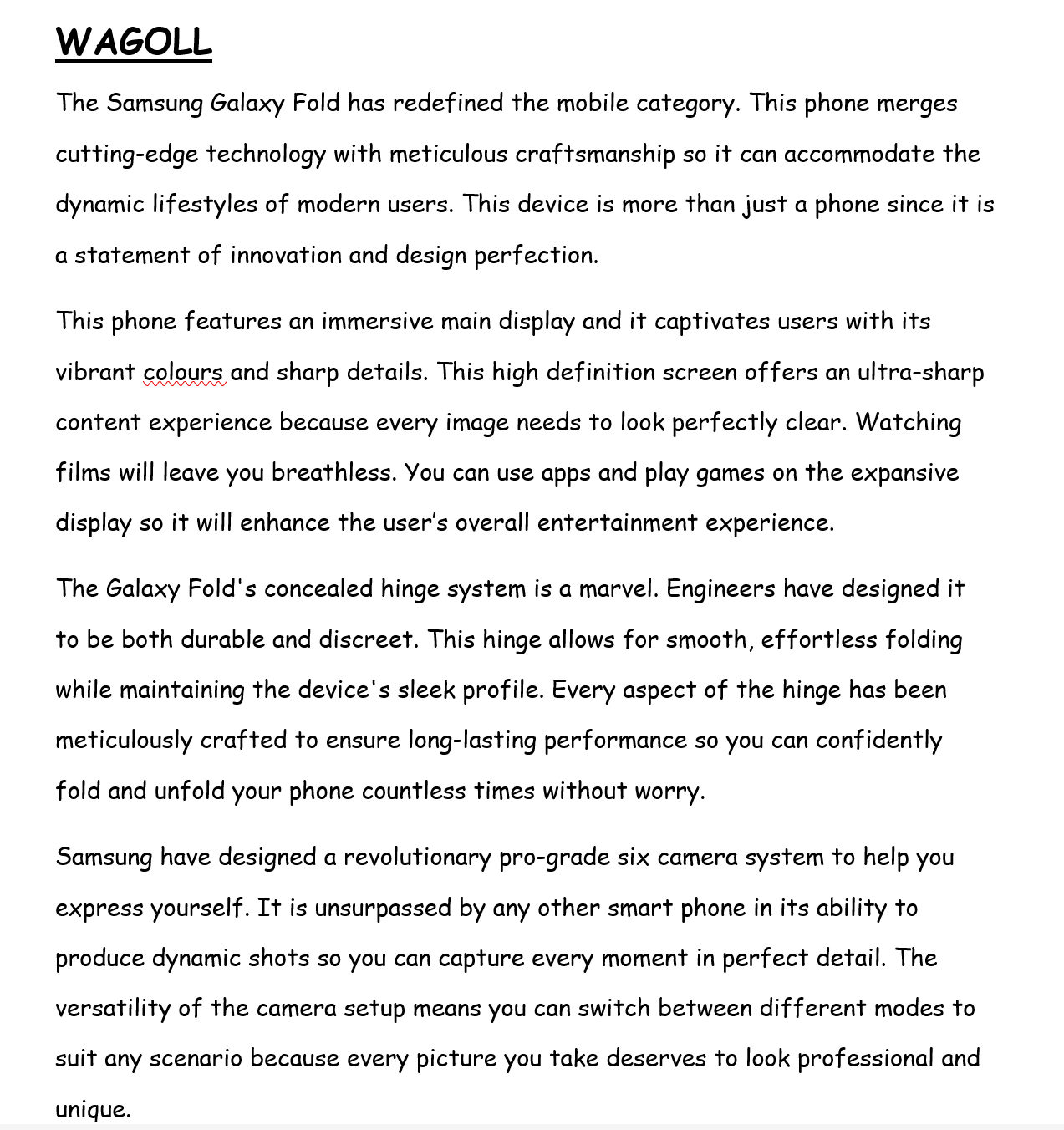

Supporting Every Child as a Writer
At Clanfield Junior School, we want every child to feel confident and successful in their writing journey — whatever their starting point.
Writing toolkits:
We use a range of writing toolkits that are carefully matched to each child’s age and stage of learning. These toolkits help pupils structure their writing and develop confidence, providing vocabulary ideas, word banks, sentence stems, and model examples to support their thinking. As pupils move from apprentice writers to expert writers over the academic year, these toolkits are refined and adapted — gradually reducing scaffolds to promote independence, mastery, and ownership of their writing.
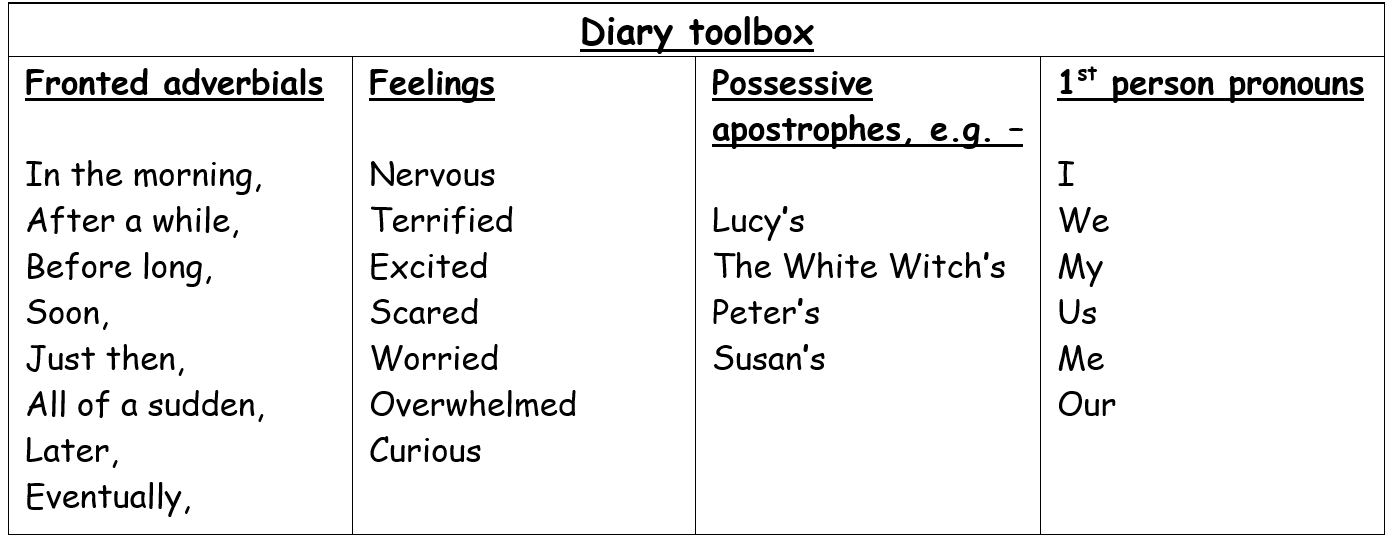
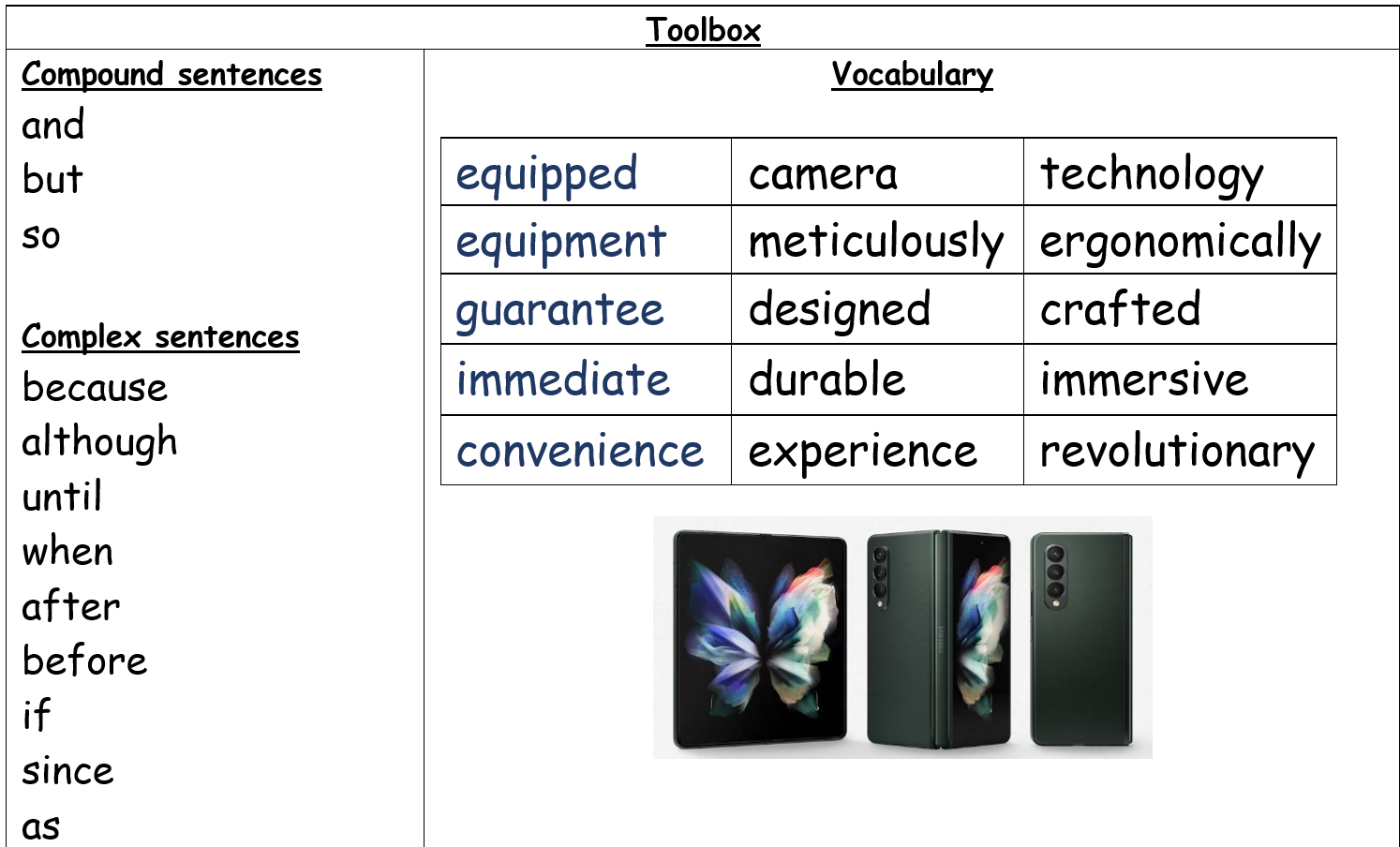

Nurturing early and developing writers
For our younger or developing writers, staff have received specialist training to make sure children have lots of opportunities to rehearse their ideas out loud, link their writing to phonics, and build strong early sentence skills. They learn how to recognise word boundaries, use punctuation, unscramble and build sentences, and check their writing makes sense.
Teachers use a range of supportive strategies — such as prompting, modelling and giving clues — to help children improve and take the next step. We’ve also been working closely with the EEF’s key recommendations to make sure pupils with SEND have everything they need to fully access and enjoy our writing curriculum:

Assessing writing:
At Clanfield Junior School, we use a range of approaches to assess and support progress in writing. Teachers continually check for understanding, give feedback, and work alongside children to help them improve and celebrate their successes. Feedback is given both verbally and in writing, encouraging pupils to reflect on their work and take the next steps with confidence.
We also use the HIAS Pupil Portraits for Writing to support our assessments. This resource provides clear examples of what writing looks like at different stages and helps us track each child’s journey through Key Stage 2. Teachers use this information to plan each the next learning journey, ensuring lessons build on prior learning, strengthen key skills, and provide the right level of challenge and support for every pupil.
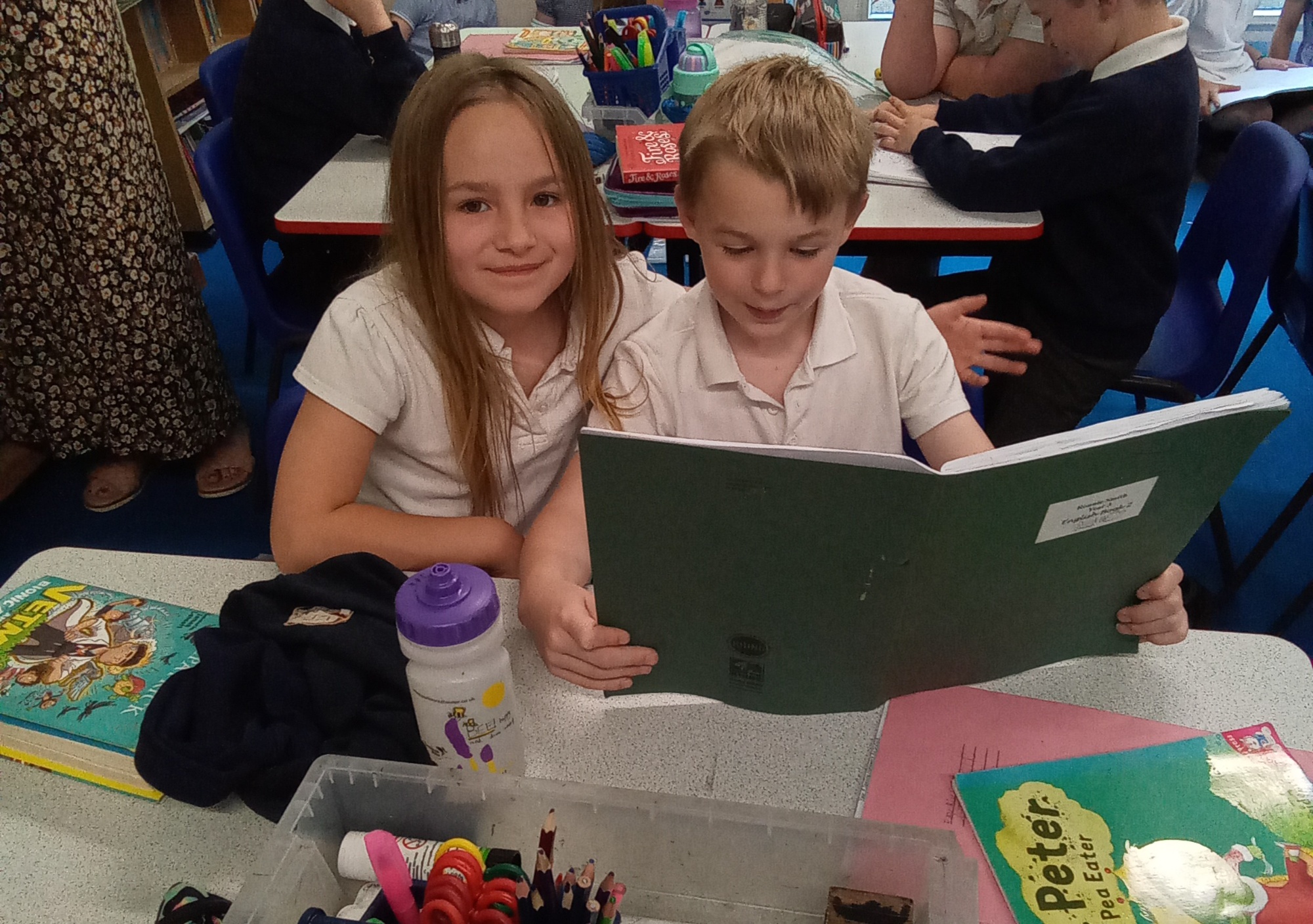

Handwriting
At Clanfield Junior School, we use Letter-join to teach handwriting because it makes learning to write neat, joined, and confident fun and e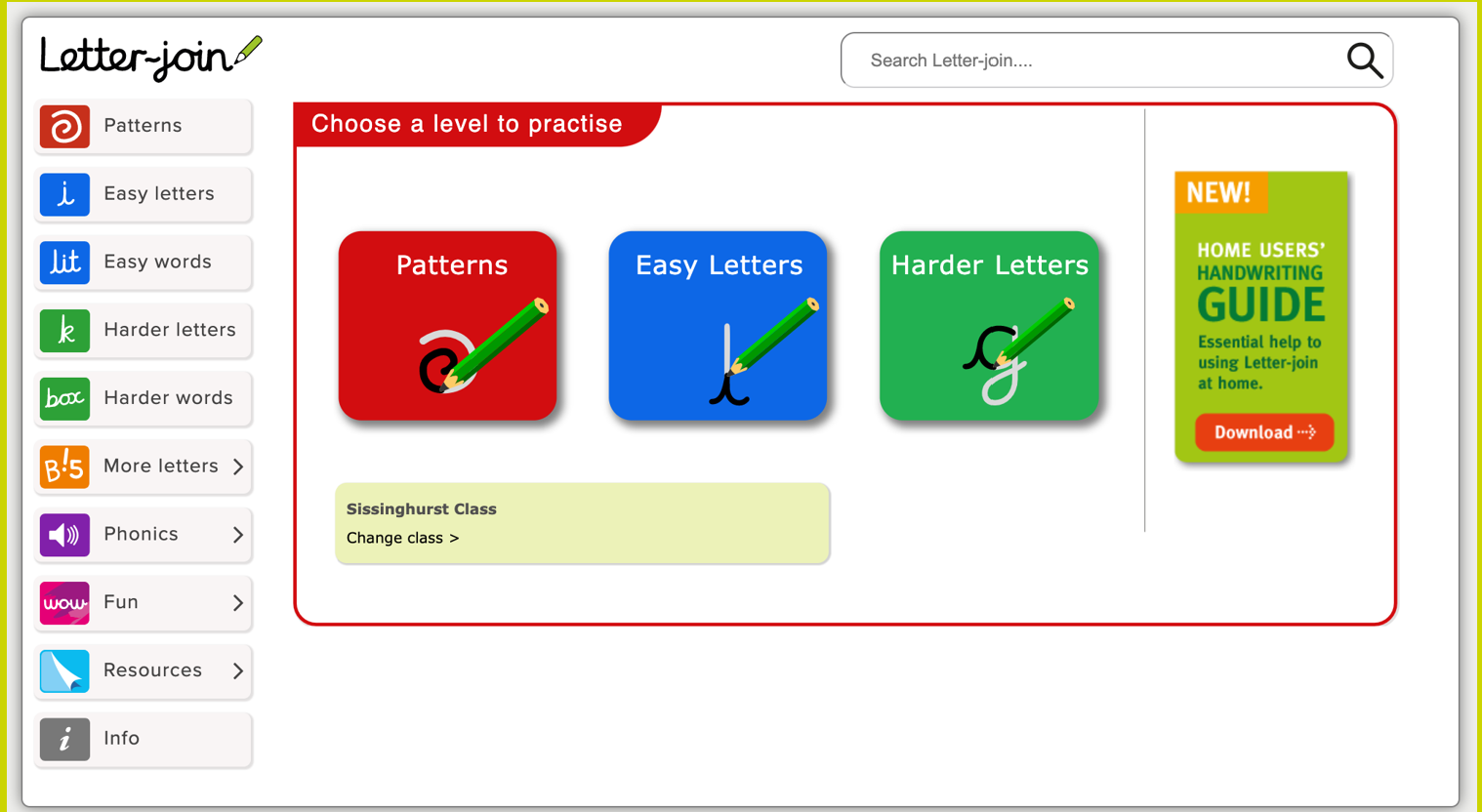 ngaging for all children. Letter-join is an interactive and multi-sensory handwriting scheme that helps pupils develop a clear, consistent, and fluent style of writing — both in school and at home.
ngaging for all children. Letter-join is an interactive and multi-sensory handwriting scheme that helps pupils develop a clear, consistent, and fluent style of writing — both in school and at home.
Children enjoy learning through animations, on-screen tracing, and fun games that make handwriting practice more exciting. The programme follows a clear, step-by-step approach, starting with basic letter formation and building up to fluent joined handwriting.
Letter-join also gives teachers a consistent framework to plan and teach handwriting across the school, ensuring that every child makes steady progress. Parents can even access Letter-join at home, helping to reinforce what their child is learning in class and supporting their spelling and reading development, too.
Our chosen letter forms are :
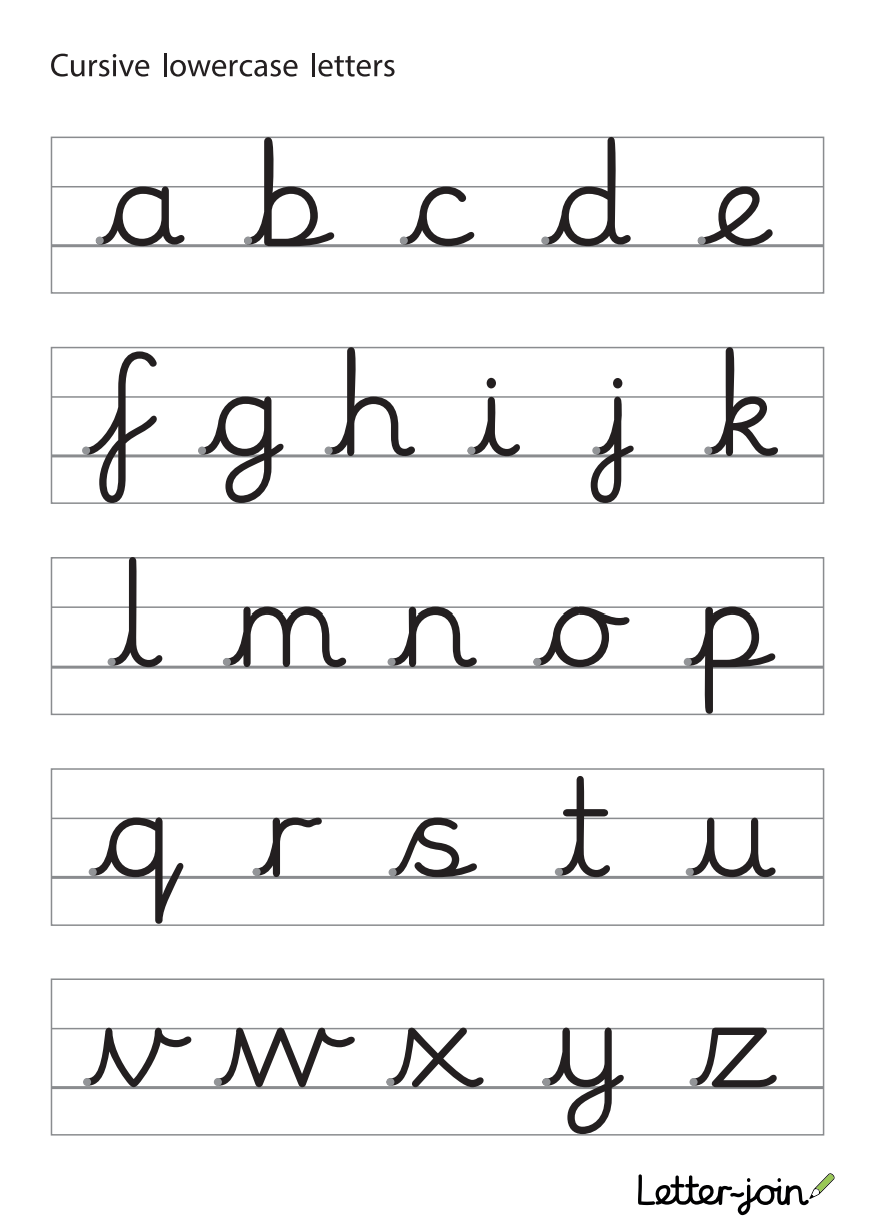
Spelling 
At Clanfield Junior School, we use Spelling Shed to make spelling engaging, meaningful, and fun for all our pupils. Each week, children and teachers explore new word lists together — looking at sounds, syllables, patterns, and meanings to understand why words are spelt the way they are. Spelling Shed’s approach links phonics with morphology (the study of word parts and meanings), helping children make connections between words, strengthen their spelling skills, and build a rich vocabulary.
Interactive games and activities make practice exciting, while regular review helps pupils become confident, accurate spellers who enjoy playing with language.
